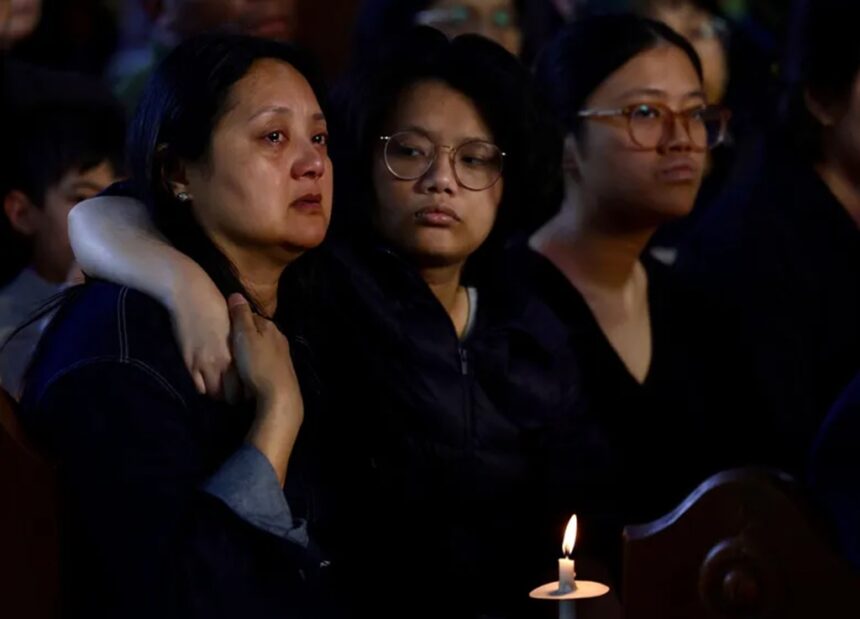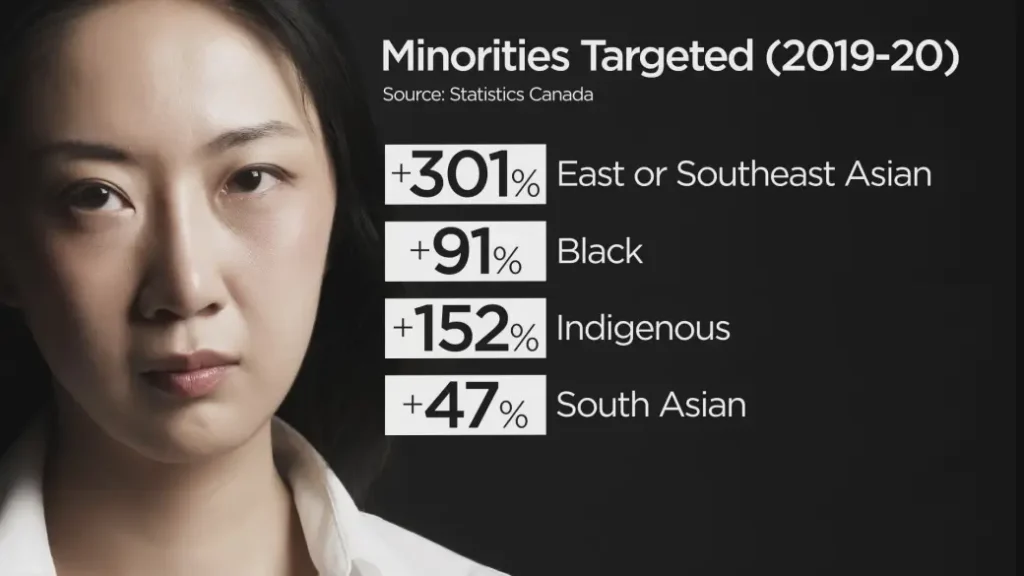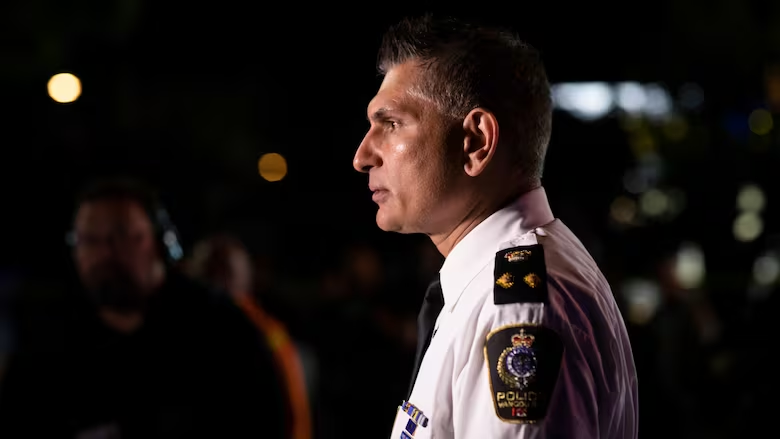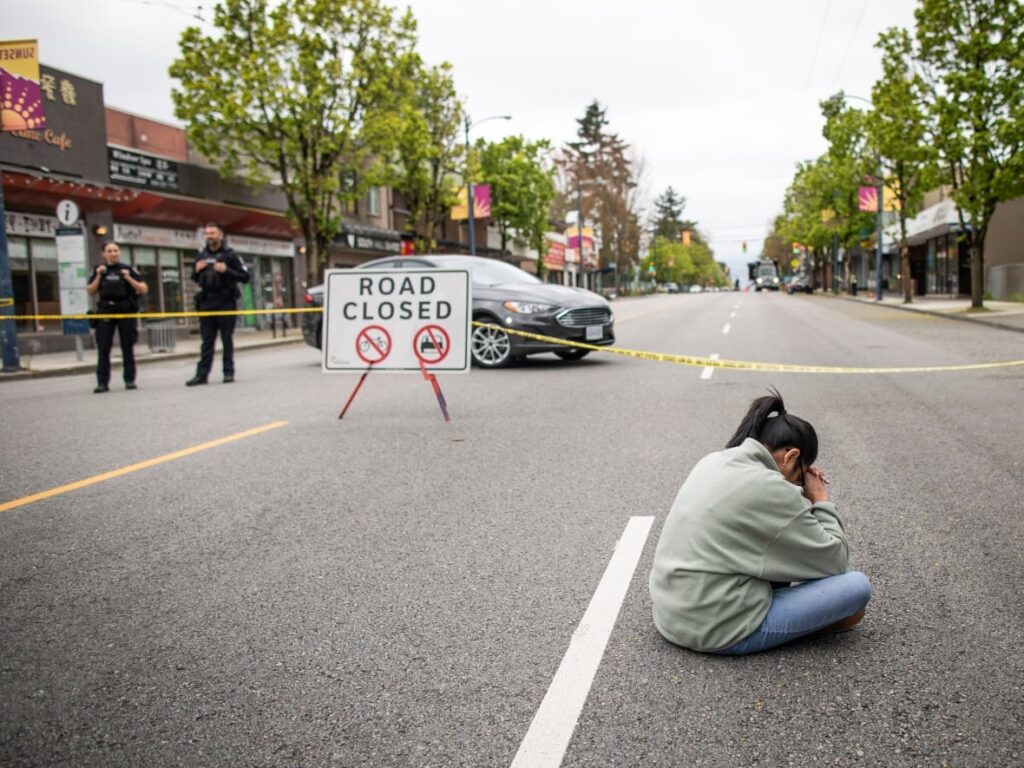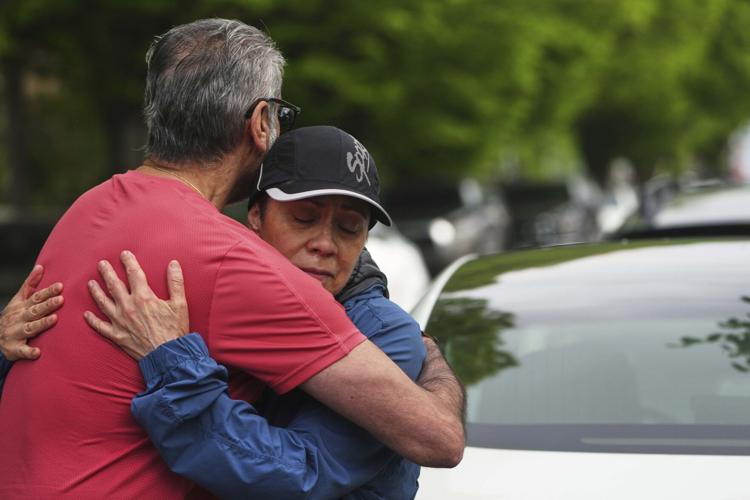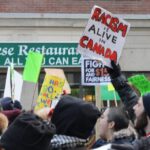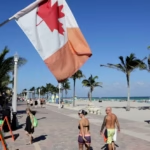VANCOUVER, BC – Shock rippled through Vancouver’s Filipino community after an SUV sped into the crowd at the Lapu Lapu Day Festival, turning joy into heartbreak. The attack killed at least 11 people, leaving dozens more hurt, and raising urgent concerns about public safety at community events.
Police quickly arrested a local man with a history of mental health struggles. Investigators say there’s no evidence of terrorism, but the community is left wondering: Was this a hate crime? Families, friends, and festival organisers are searching for answers, wanting to know what went wrong and how to protect everyone in the future.
As leaders call for unity and support, tough questions remain about how vulnerable groups are protected and how cities respond to warning signs. This post covers what happened, why it matters, and what it could mean for Vancouver’s Filipino community moving forward.
The Vancouver Filipino Festival Tragedy: What Happened?
A happy celebration turned to heartbreak in seconds at Vancouver’s Lapu Lapu Day Festival. The event, which celebrates Filipino history and culture, became the scene of a shocking attack that left families and the entire community reeling. Here’s a closer look at how the incident unfolded, who was affected, and how the community and first responders jumped into action.
The Attack: Sequence and Setting
Saturday evening, April 26, 2025, the Lapu Lapu Day Block Party was wrapping up after a day filled with food, music, and joyful crowds. As sunset neared, many guests were heading home, and vendors were beginning to pack up. The festival had seen as many as 100,000 attendees during the day, filling East 41st Avenue and Fraser Street with life and laughter.
That all changed just after 8 p.m. A black SUV suddenly burst through a plastic barricade on East 43rd Avenue, entering a pedestrian-only zone dense with people. Witnesses described the SUV accelerating without warning, slamming into a cluster of attendees trapped between rows of food trucks. The noise and chaos were immediate—people running, screaming, and desperately trying to help the injured.
The driver, described as a local 30-year-old man known to police for mental health concerns, was held at the scene by bystanders until officers arrived. Organisers had taken some security measures, but some pointed out that the barricades and police presence were not enough to prevent a determined vehicle from entering the street. Details and additional timeline reports can be found at CBC News: Vancouver festival attack and covered in live update reporting from The Toronto Star.
Victims and Immediate Aftermath
The destruction left in the wake of the vehicle was chilling. Within minutes, more than 20 people lay injured or motionless on the pavement. As emergency sirens blared, festival-goers rushed to help—many risking their safety to pull others to the side, administer first aid, or comfort the wounded.
Key facts from the attack:
- Death toll: Eleven people lost their lives, a number that could rise as some of the injured remain in critical condition.
- Injured: Over two dozen people were treated for injuries at nine different hospitals across the area, with ages ranging from teens to seniors.
- Casualties: Victims included several street vendors and festival volunteers who had stayed behind to help clean up, along with families and young people.
Bystanders, some with medical training, stabilised victims as best they could. Police and paramedics arrived quickly, setting up triage zones and coordinating the transport of dozens of injured people to local hospitals. Vancouver police declared a “major incident” and began what they described as one of the city’s largest emergency responses in recent history. More information on the scale of the emergency and ongoing investigation is available from AP News coverage and further reported in The New York Times.
Community leaders have described the scene in the aftermath as “like a war zone,” with blood on the ground and personal belongings scattered everywhere. Many who witnessed the attack are still grappling with shock and trauma. Crisis counsellors and victim services were made available the same night and are continuing to support those affected.
Despite quick action from individuals and emergency teams, the horror of that evening has left scars across Vancouver’s Filipino community and everyone who was there. The festival, once a symbol of joy and unity, now carries the weight of tragedy and deep questions about public safety at large-scale cultural events.
Hate Crime or Mental Health Crisis?
As the shock from the Vancouver Filipino festival tragedy spread, so did questions about why it happened. The community is looking for answers: Was this a targeted attack fueled by hate, or the outcome of a mental health crisis? Police statements, eyewitness reports, and comparisons to similar cases help put the official response into focus.
Suspect Background and Arrest
Police quickly identified and apprehended the suspect, a 30-year-old local man. According to statements from law enforcement, the driver was known to police for past interactions involving mental health issues. Authorities arrested him at the scene after bystanders helped restrain him until officers arrived. This fast response reflected both the chaos of the event and the determination of witnesses who refused to let the driver escape.
So far, police and public officials say there is no evidence of terrorism. Investigators are still reviewing possible motives and combing through the suspect’s history. Some festival-goers and community leaders have speculated about the nature of the attack, questioning whether it might have roots in hate, given that the Lapu Lapu Day event celebrates Filipino heritage and draws a predominantly Filipino crowd. However, as of now, officials have cautioned the public against making conclusions before the investigation finishes.
The arrest and interrogation process remains ongoing, with a focus on the intersection between mental health and violent behaviour. For more details about the arrest and ongoing investigation, see Reuters’ coverage of the festival attack.
Defining Hate Crimes in Canada
Many people in Vancouver’s Filipino community are now asking: What counts as a hate crime in Canada? The term carries a specific meaning in law. According to Justice Canada, a hate crime is any unlawful act done “in whole or in part, because of a bias, prejudice or hate” related to factors such as race, religion, or ethnic origin. Offences can range from threats and assault to property mischief, so long as evidence shows hate or prejudice played a role.
Canadian criminal courts have a high bar for proving hate as a motive. Investigators must find clear signs—such as statements, writings, or actions—that target a group based on their identity. If a crime is proven in court to be motivated by hate, judges can impose stiffer sentences under the Criminal Code.
The tragedy in Vancouver is drawing comparisons to previous incidents, such as the 2018 Toronto van attack. In that case, the driver targeted a crowd on Yonge Street, killing ten people and injuring many more. Although the attacker’s actions were violent and deliberate, courts ultimately classified the attack as motivated by misogynistic ideology rather than a hate crime under Canada’s legal definition. For more on Canadian hate crime legislation, review the summary from the OSCE on Canada’s hate crime laws.
As Vancouver police continue their work, the city waits for answers. The legal classification may impact how the community heals, how justice is pursued, and how similar events are prevented in the future. The difference between hate, mental illness, and random violence matters to those seeking comfort, safety, and a sense of closure.
Community Trauma and the National Response
When a community experiences deep loss, every gesture—no matter how small—has the power to carry people through. After the Vancouver Filipino festival tragedy, the Filipino community and leaders across Canada acted quickly to show support, offer comfort, and confront the roots of anti-Asian hate. These efforts light a path forward, offering strength even as grief runs deep.
Support Efforts and Memorials: Highlight Initiatives by Filipino Organisations, Vigils, and Ongoing Support to Victims’ Families
In the days following the tragedy, Filipino groups set up support hotlines, fundraising campaigns, and memorial spaces across Vancouver. Volunteers gathered at local community centres and churches, providing everything from hot meals to grief counselling. Filipino advocacy groups coordinated with city officials and trauma counsellors to create round-the-clock resources for anyone touched by the loss.
Vigils became a central activity in the healing process. Large crowds gathered holding candles, flowers, and photos of those lost, turning public parks and sidewalks into rivers of quiet light. These vigils served as safe spaces to express pain, share memories, and connect with others who understood the depth of the loss.
Key support actions included:
- Emergency fundraising drives for funeral costs and hospital bills, organised by Filipino associations.
- Mobile counselling teams are dispatched to visit traumatised families and festival volunteers.
- Public memorial spaces where people could leave messages, art, or traditional Filipino offerings.
- Community liaisons who helped families communicate with hospitals, police, and government offices.
Festival organisers voiced their heartbreak, emphasising the sense of shock and anger that swept through the community. As one organiser shared, “Our community is grieving,” a sentiment echoed in broadcasts and local news coverage. The trauma felt by those at the scene was matched by the determination of others to offer steady support, both emotional and practical. The grassroots response made it clear: nobody would have to face the aftermath alone.
Political and Cultural Reactions: Statements from the Prime Minister and Other Leaders as Well as Impacts on Upcoming Events, Emphasising Solidarity and Trauma
National and local leaders moved swiftly to address what happened. The Canadian Prime Minister called the attack “devastating,” offering official condolences and stressing the importance of unity—both to heal scars and to confront prejudice. Vancouver’s mayor called for a citywide moment of silence, and flags flew at half-mast throughout the region. In their statements, officials reminded everyone that hate has no place in Canada and that communities built on diversity and care are the country’s backbone. Key statements from the President of the Philippines echoed the same deep sadness and resolve for justice, highlighting the bond between the Filipino diaspora and the home country, see the official statement.
Organisers of other cultural events across Metro Vancouver paused, assessing their security and the emotional readiness of their volunteers. Some gatherings were postponed or reshaped into memorials in solidarity with the Filipino community. Cultural leaders made clear that fear would not erase their traditions or their presence; instead, the outpouring of support sent a powerful message about resilience and belonging.
Official responses also threaded into ongoing conversations about anti-Asian hate in Vancouver. Community groups and city officials renewed their promises to fight racism and discrimination, connecting the tragedy to wider national discussions. The city has a growing network for reporting, tracking, and responding to hate crimes—tools that will remain in the spotlight in the tragedy’s wake, see Vancouver’s anti-racism updates.
Local students, artists, and civic leaders joined together, planning forums and workshops as part of the healing journey. These efforts are now a central pillar in the fight against anti-Asian hate. The unity displayed—from vigils to the halls of government—became a clear sign of both grief and hope, anchoring the community with support, advocacy, and genuine care.
Rethinking Public Safety at Cultural Events
In the wake of the Vancouver Filipino festival tragedy, every community event planner is revisiting what safety means. A celebration turned into a nightmare because a car easily broke through weak barriers. The heart of the concern is not just about one incident, but whether cities do enough to protect people at gatherings meant to unite, not harm. As families grieve, new questions push city officials, police, and neighbourhood groups to look closer at how events are planned—and what must change.
Security Gaps and Event Planning
Witness accounts say there was not enough protection between festival-goers and busy city streets. The plastic barricades that were supposed to block cars didn’t stand a chance. The lack of a visible police presence made it easy for the attacker to get through. Now, people are asking: With more than 100,000 attendees, why weren’t these risks taken more seriously?
City planners are facing sharp criticism about the festival’s risk assessments and security plans. In the aftermath, Vancouver’s mayor ordered a top-to-bottom review of all event safety measures, promising stricter guidelines and no more shortcuts. The official review aims to find out where gaps existed and how to prevent them in the future. Steps being considered or proposed include:
- Using strong, crash-resistant vehicle barriers instead of lightweight, plastic barricades.
- Increasing on-site police or trained security at key entry points.
- Improving crowd control so emergency teams can reach people faster.
An outside opinion is clear: many other cities have made similar safety changes only after tragedy struck. Experts argue that routine debriefs after public events are vital, not just paperwork. Learning from every incident, big or small, helps create a culture of safety and not just temporary fixes. More on Vancouver’s full review of event safety can be found in reporting from local news outlets, such as Business in Vancouver’s coverage of safety measure reviews.
For festival organisers everywhere, the warning is loud: crowd size means very little if basic protections against vehicles and other threats aren’t airtight. While volunteers and community groups are the backbone of most cultural festivals, experts stress that major events need professional risk audits. Event security is no longer just about bags and badges—it’s about anticipating the unthinkable.
A growing number of event planners now use formal post-event reviews to spot missed warning signs and to update protocols for next time. Guidance on improving future event safety, including adopting stronger barriers and better training, is highlighted in resources like Everything You Need to Know About Event Security.
Wider Implications: Mental Health and Community Resilience
Beyond barricades, the tragedy exposed weaknesses in how cities connect mental health care and public safety. Many pointed out the suspect’s known struggles with mental illness. Some asked whether there were missed warning signs that could have led to earlier help or intervention before disaster struck.
This intersection challenges outdated thinking—public safety isn’t only about guards and gates. It’s about recognising risks in our communities and acting before they turn deadly. To address this, cities are looking to:
- Strengthen crisis intervention programs that connect people in need to real help.
- Improve data sharing between police, mental health teams, and event organisers.
- Train first responders and volunteers to spot and report mental health crises early.
Filipino community members, advocacy groups, and anti-hate crime organisations have all called for policy reform. They want new tools—not just to track hate crimes—but to build lasting resilience. The Lapu Lapu festival attack is now a rallying point, fueling conversations on how to better prepare and support vulnerable populations at public gatherings.
Filipino Community Grieving
Community resilience comes from more than safety protocols. It means building trust, holding honest discussions about race, mental health, and belonging, and giving people space to process what happened. Recovery now depends on practical changes as well as a strong social fabric. For more insight on the importance of post-event assessment, see Post-Event Security Debriefing and Assessment.
The tragedy changed how Vancouver—and cities everywhere—see the safety of cultural celebrations. By combining stronger physical security with smart mental health response and anti-hate policies, communities can once again bring people together—this time, with real peace of mind.
The Vancouver Filipino festival tragedy left a deep mark on the city and highlighted how quickly joy can turn into heartbreak. This loss has pushed the community and city leaders to rethink safety at public events and exposed gaps in mental health support. Filipino Canadians are leading the recovery with strength, channelling grief into action and unity.
Stronger safety rules, better crisis intervention, and open talk about mental health are steps everyone is now demanding. The work of rebuilding trust is ongoing, but the energy behind vigils, support groups, and advocacy efforts shows the community’s hope after suffering.
Moving forward, the story isn’t just about what was lost—it’s about the drive to create safer spaces and stronger connections. Every reader can take part, whether it’s speaking out against hate, supporting local events, or sharing resources for mental health. Each action adds to the healing.
Related News:
Mass Immigration Stirring Up Racism and Hate Crimes in Canada




